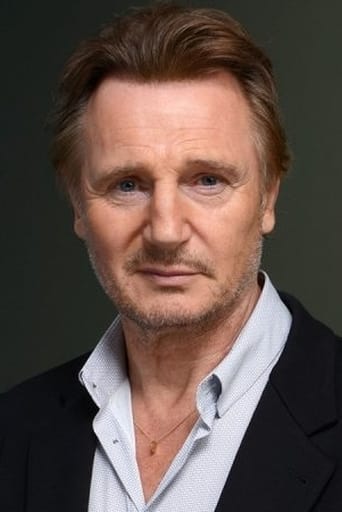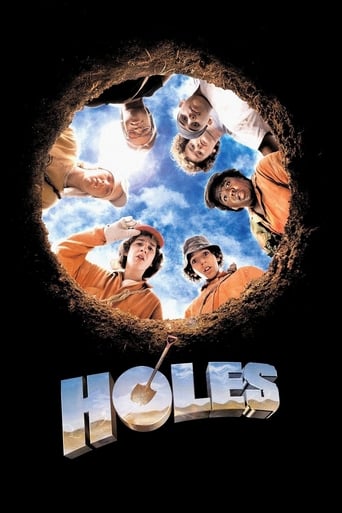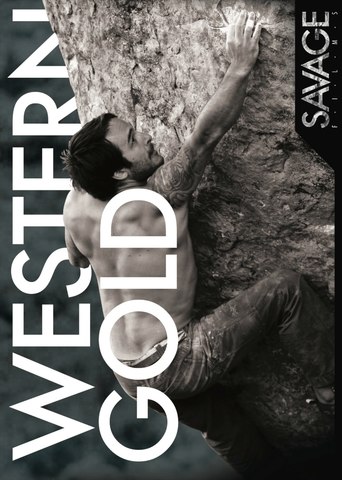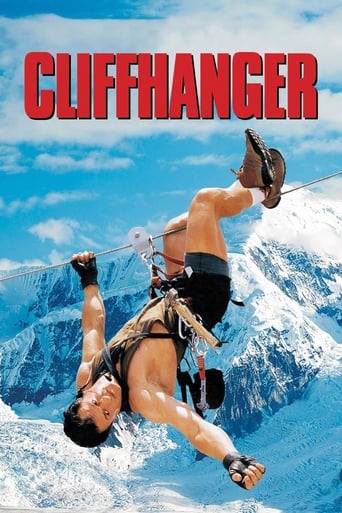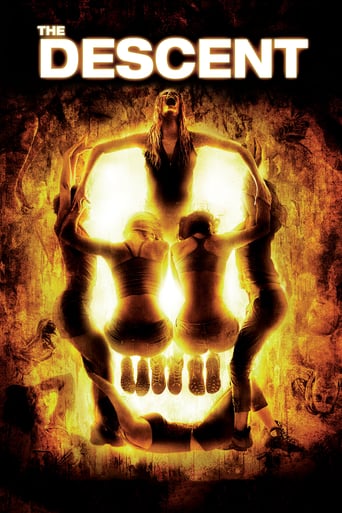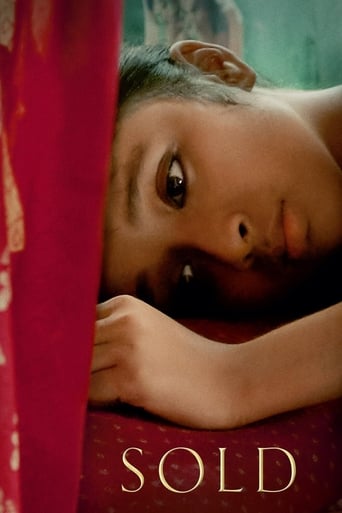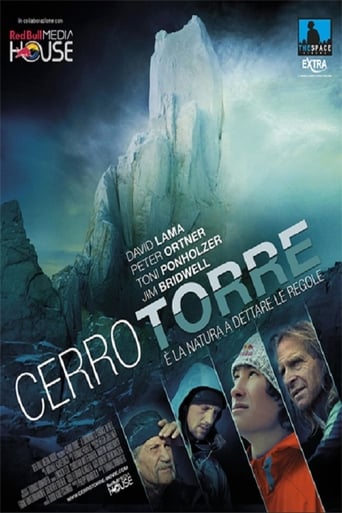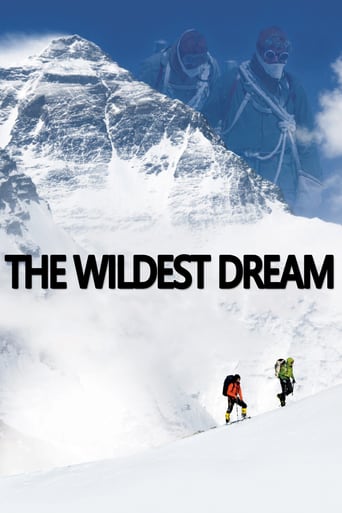
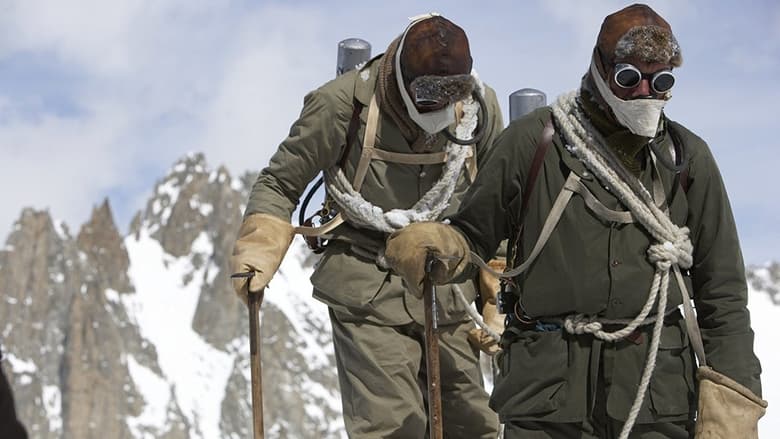
The Wildest Dream (2010)
Uses astonishing visuals to tell the intersecting stories of George Mallory, the first man to attempt a summit of Mount Everest, and Conrad Anker, the mountaineer who finds Mallory's frozen remains 75 years later.
Watch Trailer
Cast


Similar titles
Reviews
"For a couple of minutes, I entertained the idea of not telling anybody". Maybe the mystery was better, maybe not knowing if George had reached the top or not was better for Conrad. Although I'm not sure if there is more evidence in favor of George not making the summit, I find beautiful that the strongest evidence in favor of his successful ordeal, is the missing picture of Ruth. How times have changed.As with many interviews with great climbers, experience the humility and almost alien way mountaineers think. Follow Conrad's respectful mission to uncover one of the greatest mysteries in mountaineering, was Mallory the first human on the top of the world?
What happened to British climbers George Mallory and Andrew Irvine after their associate Noel Odell saw them disappear into the clouds on Mt. Everest's Northeast Ridge has been perhaps mountaineering's greatest mystery. Wildest Dream begins with the discovery of George Mallory's frozen body on the North Face of Mount Everest. Conrad Anker, who made the discovery, felt compelled to learn about Mallory, and eventually decided to re-create Mallory's last climb, in order to answer the enduring question, Could Mallory and his companion Sandy Irvine have reached the summit? Using archival footage and photographs, letters between Mallory and his wife Ruth, and interviews with Mallory's granddaughter and Irvine's great niece, the film traces Mallory's life and his role in the British Everest expeditions of 1921 and 1922, as well as the fatal 1924 expedition. Combined with this is the story of Anker's 2007 attempt to repeat Mallory's final climb. As Mallory had selected the athletic, but inexperienced Irvine as his climbing partner, Anker chose the similarly athletic but inexperienced Leo Houlding to accompany him. Of course, Anker enjoyed many advantages that history denied to Mallory. Nonetheless, during his attempt to climb the second of three steps (large rock outcroppings) along Mount Everest's Northeast Ridge, Anker slipped. Thus, in a film about how Mallory and Irvine fell to their deaths, we come chillingly close to seeing Anker and Houlding fall to their deaths. Wildest Dream passes over some of the more gruesome aspects of the story—the fact that a rock had punctured a hole in Mallory's skull during his fall, perhaps killing him, and the presence, in this same area, of 17 other bodies. But its major flaw—and, because it seeks to establish what actually happened, it is a major flaw—is its implied conclusion that if Mallory and Irvine mastered the Second Step they must have reached the summit. In fact, the film neglects much of the evidence from their last hours. For example, there is a variation of opinion about the Second Step. In 1995, Mallory's grandson pronounced it "easy" and climbed it without trouble. Apart from that, Mallory, who had no experience climbing under the conditions on the Northeast Ridge, may well have overestimated the speed with which they could reach the summit. In any case, he may have underestimated the amount of oxygen they would need, perhaps thinking that if they each carried two oxygen tanks, rather than three, they would be better able to "rush the summit." Students of the 1924 expedition have expatiated at length on evidence relating to Mallory and Irvine's final summit attempt. One key piece of evidence is the 12:50 p.m. sighting of the pair by Noel Odell. If they had reached only the First Step by that time, they were seriously behind schedule; but, if they had reached the Third Step (at the base of the final pyramid), their prospects for reaching the summit were excellent. Unfortunately, Odell changed his account over time, so we do not know for certain on which of three steps he saw Mallory and Irvine. Another piece of evidence is Mallory and Irvine's oxygen supply. The conventional assumption seems to be that they each had two full oxygen bottles--at the maximum rate, that would have provided them with oxygen for about 8 hours. In this scenario, their oxygen would have been exhausted before they reached the summit, perhaps before they reached the Third Step, quite possibly forcing them to turn back. But others have argued that Mallory and Irvine each had a partially full oxygen bottle in addition to two full ones, enough perhaps to get them to the summit or close to it. But again, unfortunately, we do not how much oxygen they had; nor can we be sure that all their oxygen bottles were functioning (many had leaked or malfunctioned). More generally, many modern climbers allow 12 hours for the ascent from their high camp to the summit. British climbers on the 1924 expedition seem not have begun their climbs until about 6:00 a.m. Following such a late start, Mallory and Irvine would not have reached the summit until late afternoon. And it would have been dark at 7:00 p.m. At some point, it may have become clear to Mallory, even if he still had oxygen, that he could not summit and still descend in daylight--and some modern climbers have concluded that it is impossible to descend the Second Step in darkness. In this situation, would Mallory have yielded to his urge to summit, or turned back in recognition of his responsibility to his companion and his wife? Since Mallory intended to place a photograph of his wife on the summit, its absence from his personal effects has been adduced as evidence that he did reach the summit. But it seems quite possible that Mallory left Ruth's picture, not at the summit, but at the highest point that he did reach, knowing that she was more anxious to have him back alive than to have her photograph on the summit. (As an example of how far the existing evidence can be pushed, there is also a theory that Mallory appropriated whatever oxygen was available for his own solo attempt on the summit, and told Irvine to return to the high camp or wait along the route.) Wildest Dream provides a good portrait of Mallory and his climbing career. But it does not persuade this reviewer that Mallory reached the summit of Mount Everest.
Conrad Anker is the steely-eyed hero of the film... The man who discovers Mallory's body takes 8 years to return to the ogre that is Everest to attempt to close the circle on that climber's third and final attempt to summit. To make possible the fulfillment of Mallory's promise to his wife. Its an intensely personal quest for Anker. The man has married his best friend's widow, adopted her three children, and cannot fail. And there is a moment that it seems Anker too may slip into the void. Get lost in the clouds. A planned but organic symmetry between Conrad Anker and George Mallory's climbs emerges, filmed in breathtaking detail with great voice acting.
In 1924, English mountain climber George Mallory attempted (for the third time) to be the first man to climb Mount Everest—the highest point on Earth. It was a daunting challenge of a magnificent kind. As he and his climbing partner Andrew Irvine made their way up the slopes and the sheer cliffs, one has to wonder, why? Why would a man attempt such a thing. What would posses a man with a wife (with whom he was madly in love) and three children at home to attempt a feat unknown to man at that time? Whatever the reason, Mallory pursued this wildest dream of his, even to his death upon the mountain side. He went up, and never came down. Nobody really knows if he reached the top or not. But one thing is for certain, had Mallory failed and survived, passion would have sent him up there again.Unfortunately Anthony Geffen's documentary about this man is much less passionate. It is somewhat of a half-hearted attempt at an emotional connection with the audience. The film itself tells two stories. The first is a weak and dull documentation of Mallory's home life and his conquest of the mountain. The second is the true yet still preposterous story of Conrad Anker's attempt to climb the mountain using the same gear as Mallory (Anker was the man who finally found George Mallory's body upon the mountainside in 1999). And then of course the film also explores Anker's feelings and his compulsion to climb mountains. Now Mr. Anker must be as passionate about climbing Everest as Mallory certainly was, but he comes off as more of a sideshow that one wants to laugh at. The film makes no attempt to be poetic or emotionally insightful. Instead it is completely naked, laying the story out in front of you without the slightest bit of artistry or professionalism. The end result is a bland and uninteresting hour and a half of counting ceiling panels in the theater. I know for certain that a movie is disappointing if I begin counting the ceiling panels at the top of the theater. I've seen documentaries about the life and times of Barney the Dinosaur that were more compelling than this loaf of bread. The inspiration that fueled Mallory and that must have also fueled Anker is hardly evident in this clunker.Perhaps the film's biggest problem is not its difficulty in connecting to the audience, but perhaps the fact that it is just plain boring. You would think that any story about people risking their lives to achieve glory would be suspenseful and intriguing, but, alas this is not the case. There is not an ounce of tension anywhere to be found. The film begins with a particularly uninteresting static shot of the mountain and most of the other shots follow suit. The most interesting any single frame of film gets is an obviously computer generated shot that swoops through the valleys and up onto the side of the mountain. From there we get a pleasing vista of the snow. It is unfortunate that, given such great subject matter, this film utterly fails in capturing the interest or emotional excitement of its audience. And I kid you not, this is the only picture I've ever seen in which the credits were more interesting than the film. As soon as the first ten minutes I was counting the seconds until it was over.Of course, the film has a few redeeming qualities. The first and most obvious is the voice actors who narrate. The narrator is the great Liam Neeson, who can make any role seem worthwhile, even stupid ones. The voice of George Mallory as he reads his letters is the ever-welcome Ralph Fiennes—who has worked with Liam Neeson before as the evil Amon Goethe in Schindler's List. Mallory's wife Ruth is voiced by the late Natasha Richardson (who also happened to be married to Neeson before her untimely death). The voices make up for some of the drag in the picture, but of course not all. The other element that saves this form being a total flop is its often stunning pictures of the Mountain in all its glory and magnificence. But other than this, the picture has little going for it. Perhaps I am being too harsh on it, but then again I always go into a film expecting it to be good. Not that I always truly think it will be good, but if I go to a movie, I demand a good experience. This film did not give me that. The story, although very compelling and fascinating, was not executed well at all. Instead it seems as though it has fermented too long and gone sour. It is like a soda that has lost its carbonation. It just lays there in front of you, and once you start drinking, you have to finish, but it is an unpleasant experience. Just like the soda, this film has gone flat. If this was the last film I saw before I died, I would demand that I be sent back to Earth to watch something even remotely better than this.But here I am again, taking a movie apart that no doubt many people will find interesting. But as for me, I was bored beyond belief (except in the scenes where the narrators chime in). Perhaps the problem is mine and I was the one who didn't connect. But of course we can never know, so for now I am blaming the film. It didn't affect me in any way, and I just felt dull and indifferent after leaving the theater. Oh well, every director lays an egg every now and again, although I don't see any hope for Geffen. If only he could add a little art and poetry to this film, it would have been much more intriguing and enthralling. Thus concludes my review of The Wildest Dream—happy movie hunting!www.colewebbharter.com


